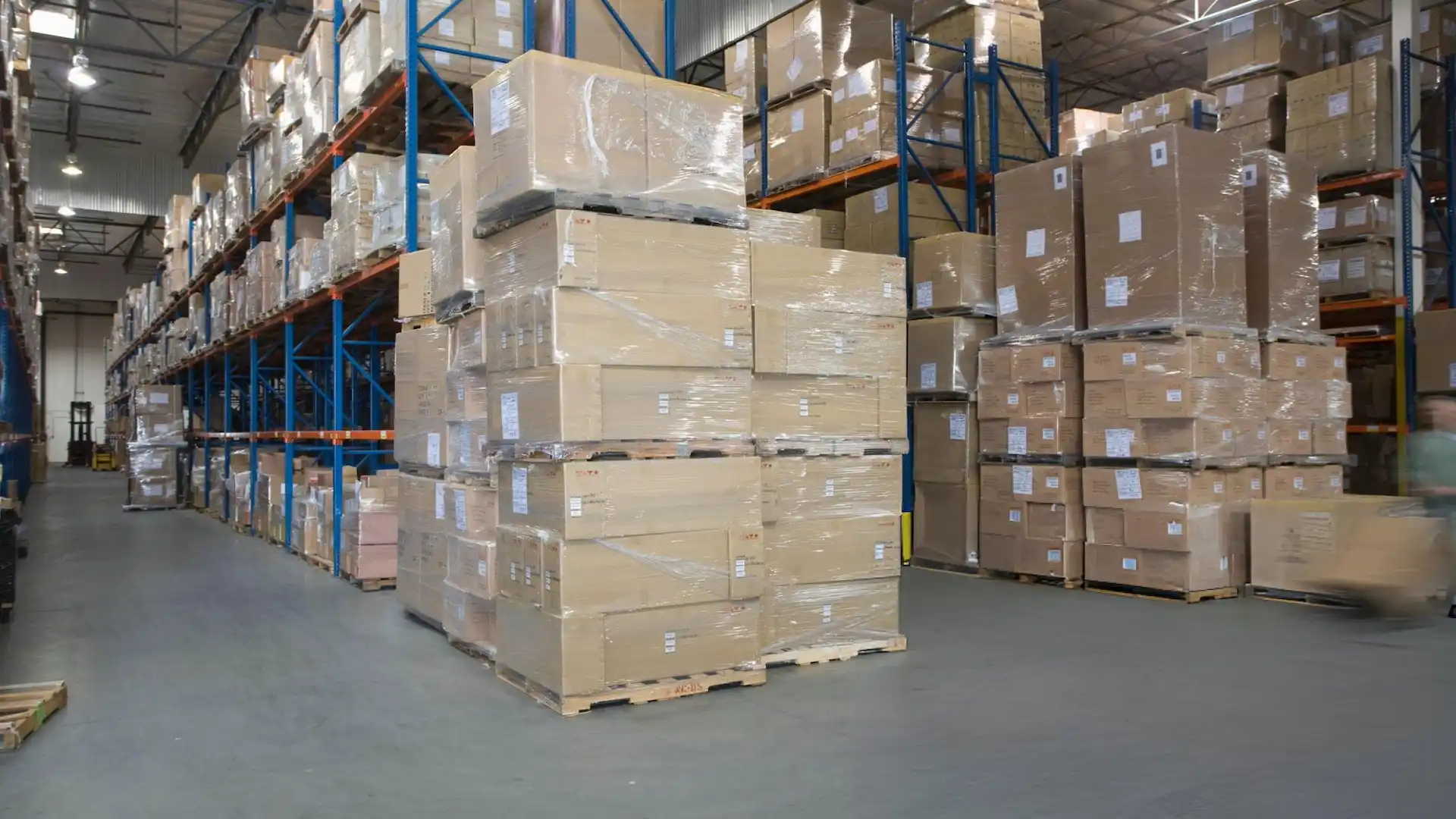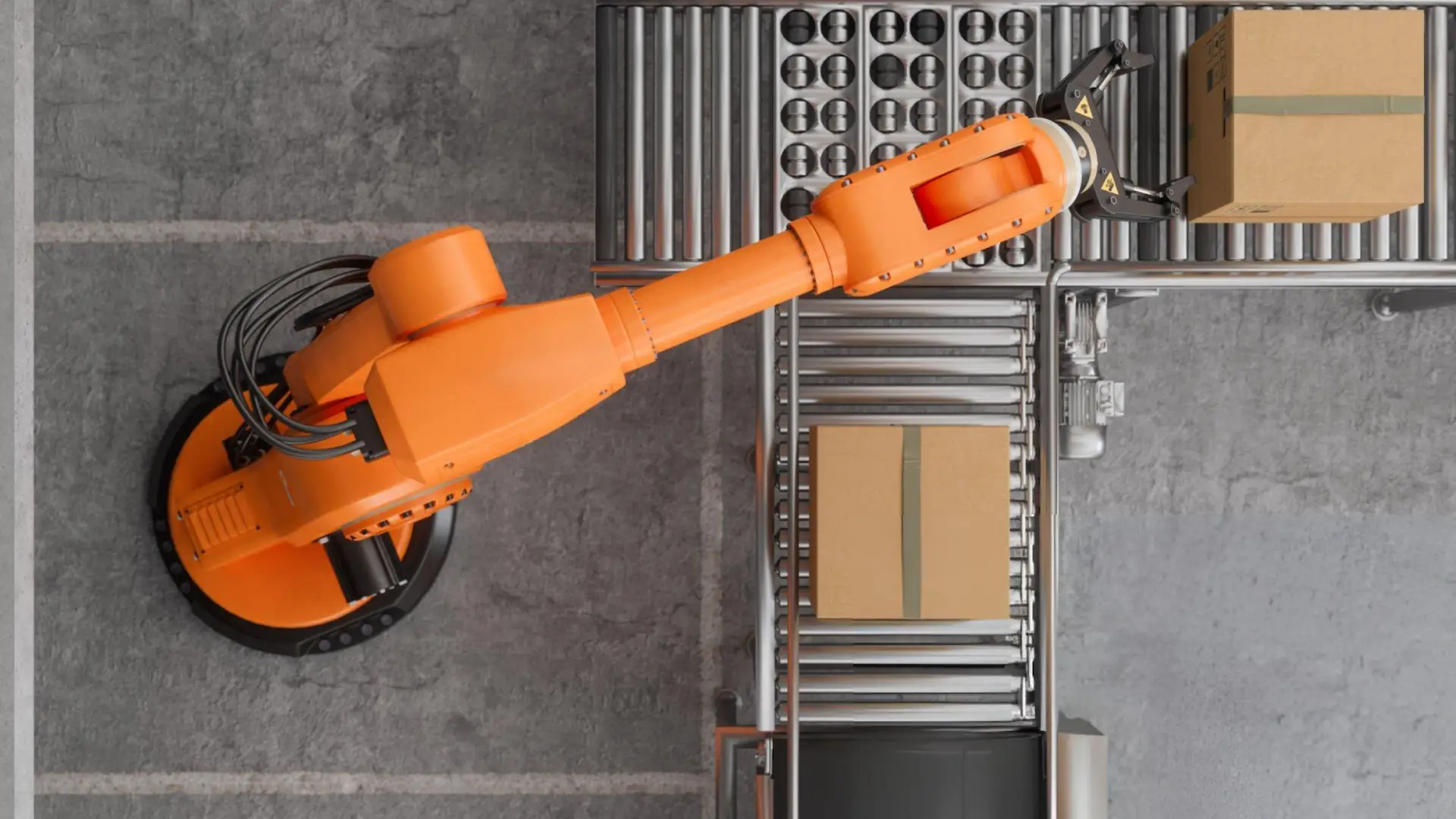7 Logistics Terms Every Growing Brand Needs To Know (Part 1)

The shipping, fulfillment and logistics industry is full of terms and acronyms that could overwhelm anyone. As the leading provider of 3PL fulfillment services (see what we mean! - that stands for 3rd-Party Logistics), we can help. So don’t worry, we've worked with 100s of growing businesses and you’re not alone.
We took the time to break down the key terms in the industry that any successful ecommerce business should know. Even the most straightforward terms have multiple meanings so we compiled them all in one place.
Ecommerce
Ecommerce refers to the online buying and selling of products and services. There are three main types of ecommerce.

Countless brands were pounded by the COVID-19 pandemic in 2022. Small, medium and large sized businesses alike were affected by loss revenue, manufacturing delays, and more. The ecommerce industry experienced a massive influx of increased business. Virtually everyone was quarantined at home, and that led to more and more online shopping. Ecommerce is extremely valuable to the business world today.
Bonus Points: The rise of the Omni-Channel Selling Strategy
Shipping Logistics
Shipping logistics is the logistics of shipping. It can be broken down into three main parts
- Inbound logistics
- Outbound logistics
- Returns logistics
Shipping strategies can be exhausting and complex, especially with the nuances of ecommerce. Ecommerce orders are shipped in one of two ways, in-house warehouses and third-party shipping companies. 3PLs and in-house facilities have some overlap, but there are also key differences . 3PLs can provide more flexibility where in-house can give more control over the end-to-end process. Shipping logistics for a brand may depend on many factors including
- Type of Product
- Weight
- Packaging Requirements
Curious about the best strategy? Reach out to our helpful shipping experts here .
Onboarding
Partnering with a third-party shipping logistics company as a brand is called onboarding. Onboarding with a 3PL should be a seamless process for any business. Onboarding is a great time to meet staff, ask questions, and share anything special the team should know about your product.
Things you may want to consider asking:
- How do you handle returns and backorders?
- How can your company help me scale?
- What is your customer service like?
- Do you offer same-day and next-day delivery options?
- How do you map, track, and bundle SKUs?
- Can you explain your warehouse management system? Operating system?
- What shipping carriers do you ship with? Ex. FedEx, DHL, USPS, UPS
When talking to shipping logistics about onboarding, you may be asked to fill out some sort of questionnaire, list, or customer profile. The list should explain key factors such as daily contacts, invoicing, automation. This enables 3PLs to get a general scope of your shipping needs and if you would be a good fit. Not all 3PLs are designed for all companies. Asking the right questions can help guide you to the right 3PL for your business.
Personal Branding
Personal branding is creating your brand’s voice. It’s the process and attributes you give to your business. Your personal brand may depend greatly on multiple factors including:
- Target Audience
- Products Or Services
- Lifestyle
- Intended Business Goals
Personal branding for a growing ecommerce merchant is vital to building trust with your customers. Consumers are more likely to make a purchase if they feel a sense of trust and belonging with the brand. By partnering with hundreds of ecommerce brands we’ve developed a breadth of knowledge and even provide services for creating content with your product. Here’s some Tik tok examples .
Direct-to-Consumer
The method of selling products directly to customers is referred to as direct-to-consumer, or DTC. DTC brands started emerging during the rise of the Internet in the 90s. People had new opportunities to shop, online, directly from manufacturers and stores. No longer was it a necessity to travel to a store, buy a product that had been distributed in a warehouse, that came from a manufacturer from some other location. DTC brands controls all aspects of the selling experience, from manufacturing the product to marketing and selling it online directly to their target end users
Order Fulfillment
The order fulfillment process starts the moment your customer clicks “buy” on your online shop. In order to maintain high-quality operations and to ensure your customer receives a fast, accurate, and enjoyable experience, a company must plan accordingly.
For most small businesses and eCommerce brands, the order fulfillment process looks like this:



Back Orders
When an item or service is out of stock due to lack of availability, it is referred to as a back order. This is different from an item being out of stock. Once an item is out of stock, it’s gone, and no more are being manufactured or made available for purchase. On the other hand, items on backorder are unavailable for the moment, but production is not done and more are being made. Customers can order items on backorder with the expectation that they have to wait for the product to be available.
Not all ecommerce brands offer backorder items for sale. There are many factors to consider when deciding if an item should be available for backorder, including
- Sustainability
- Efficiency
- Logistics
Many things can lead to an item being backordered, including data disparities, atypical demands, manufacturer and/or supplier issues, and human error. It is important for any 3PL handling backorders to follow through using state of the art management software to keep track of backorders.

.svg)
.svg)
.svg)




